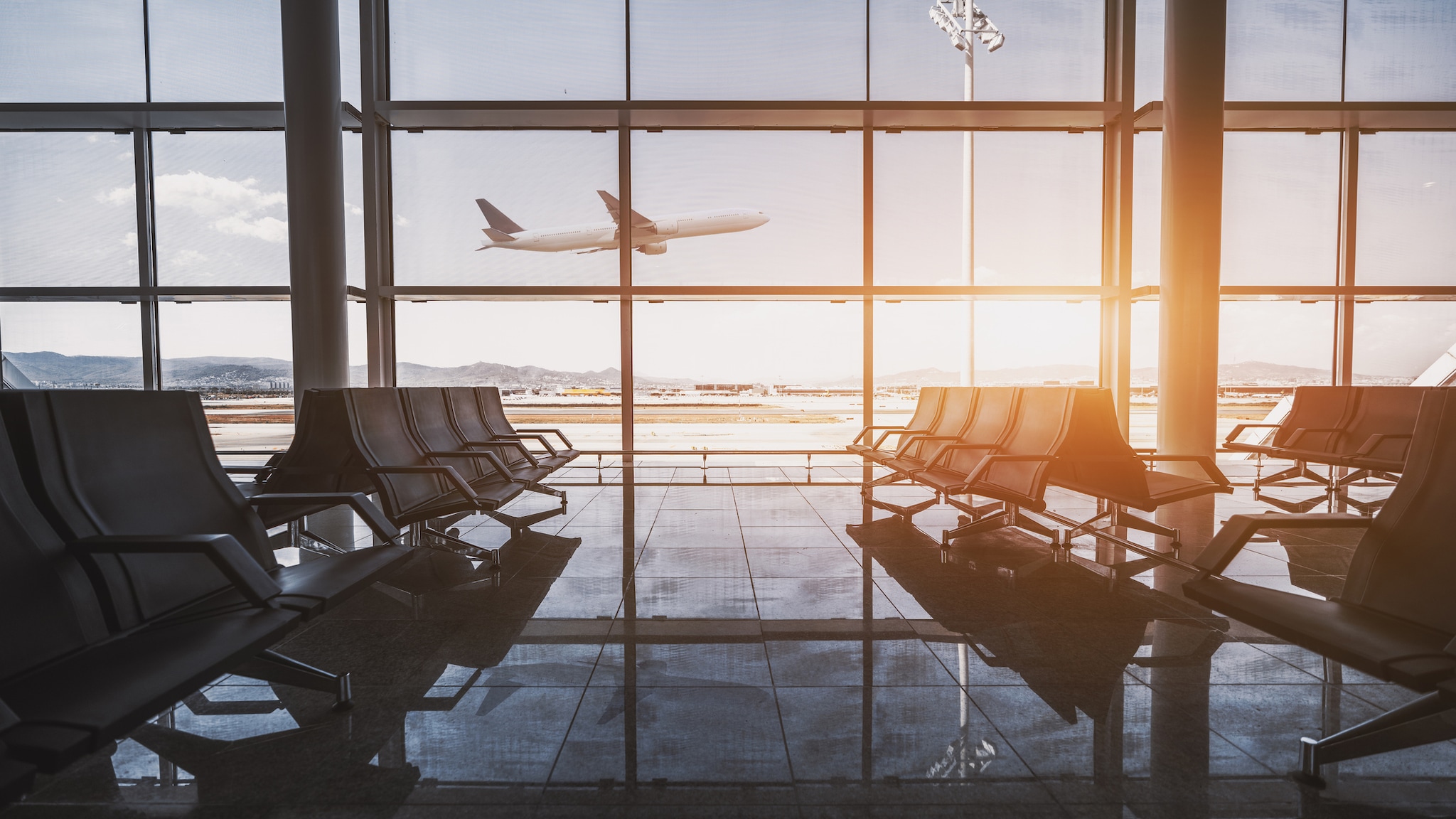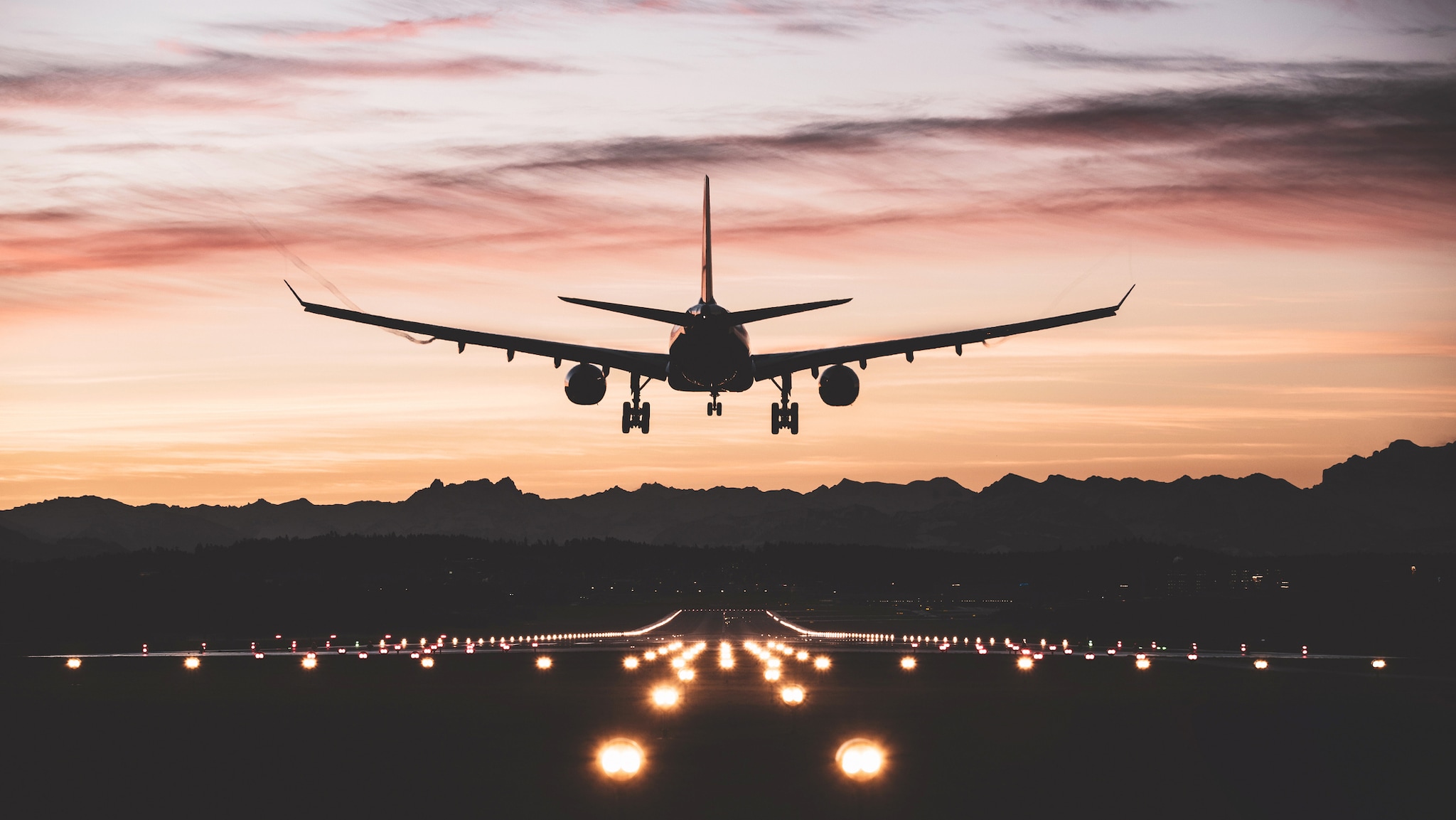Key points
- Aircrew may be more likely to get skin cancer than the general population.
- Female aircrew may be more likely to get breast cancer than the general population.

Overview

Aircrew are exposed to elevated levels of cosmic ionizing radiation and circadian rhythm disruption from traveling across time zones and working when others would normally be asleep. Ionizing radiation is known to cause cancer. Some studies suggest that circadian rhythm disruption may also cause cancer.
Based on aircrew research, crew members may be more at risk for the following cancers:
Skin cancer: A number of studies have looked at the risk of cancer among aircrew. Overall, they indicate that crewmembers are more likely to be diagnosed with melanoma and other skin cancers.
Breast cancer: Studies also suggest that female flight attendants are more likely to be diagnosed with breast cancer than the general population.
Kaposi sarcoma and non-Hodgkin lymphoma: Studies have found that male flight attendants have an increased risk of Kaposi sarcoma and non-Hodgkin lymphoma. HIV/AIDS infection is a risk factor for both Kaposi sarcoma and non-Hodgkin lymphoma, and the increased risk of these cancers among male flight attendants is most likely related to HIV/AIDS.
Because smoking used to be allowed on planes years ago, there is concern about health effects among crew members who were exposed to secondhand smoke. However, studies to-date have not found an increase in lung cancer among aircrew.
What is not known?
We don't know for sure why aircrew are more likely to be diagnosed with melanoma and other skin cancers than the general population.
Ultraviolet (UV) radiation from sun exposure is a major risk factor for malignant melanoma and other skin cancers. It's possible that crewmembers are exposed to the sun more outside of work than the general population. They may also be exposed to the sun more during flights.
We know the level of UV radiation is higher at commercial aircraft altitudes than it is at sea level, but we don't know how much UV radiation is blocked by the windshield and cabin windows on all commercial aircraft. Research suggests that plastic windshields block most UVA and UVB radiation from the sun. Research suggests that glass windshields block most UVB radiation but block slightly less than half of UVA radiation from the sun.
We don't know for sure why female flight attendants are more likely to be diagnosed with breast cancer than the general population, but it may be due to:
- Exposure to elevated levels of cosmic ionizing radiation
- Circadian rhythm disruption from traveling across time zones and working when others would normally be asleep
- Differences in non-work related risk factors for breast cancer
Why might aircrew be concerned about cancer?
Aircrew seem to be more likely to get skin cancer and breast cancer.
- Skin cancer is the most common cancer in the United States.
- Melanoma is the deadliest kind of skin cancer.
- Breast cancer is the most common cancer among American women other than skin cancer.
- About one in eight women will develop breast cancer at some point during their lifetime.
What you can do
Reduce risk of breast cancer
If you are concerned that exposure to cosmic ionizing radiation and circadian rhythm disruption at work may increase your risk of breast cancer, you can try to reduce your exposure to cosmic ionizing radiation and circadian rhythm disruption.
For more information about preventing breast cancer, visit Breast Cancer (PDQ): Prevention.
Reduce risk of skin cancer
To reduce your risk of skin cancer, protect your skin from the sun and avoid indoor tanning. You can take the following general steps to protect your skin from the sun:
- Use sunscreen at work since some UV radiation comes through the windows on some aircraft, especially aircraft with glass windows.
- Learn more about sun safety.
Resources
NIOSH
See the NIOSHTIC-2 database search results on cancer among aircrew. NIOSHTIC-2 is a database of occupational safety and health publications funded in whole or in part by NIOSH.
CDC
National Cancer Institute
If you have safety and health questions about your job contact CDC-INFO.
